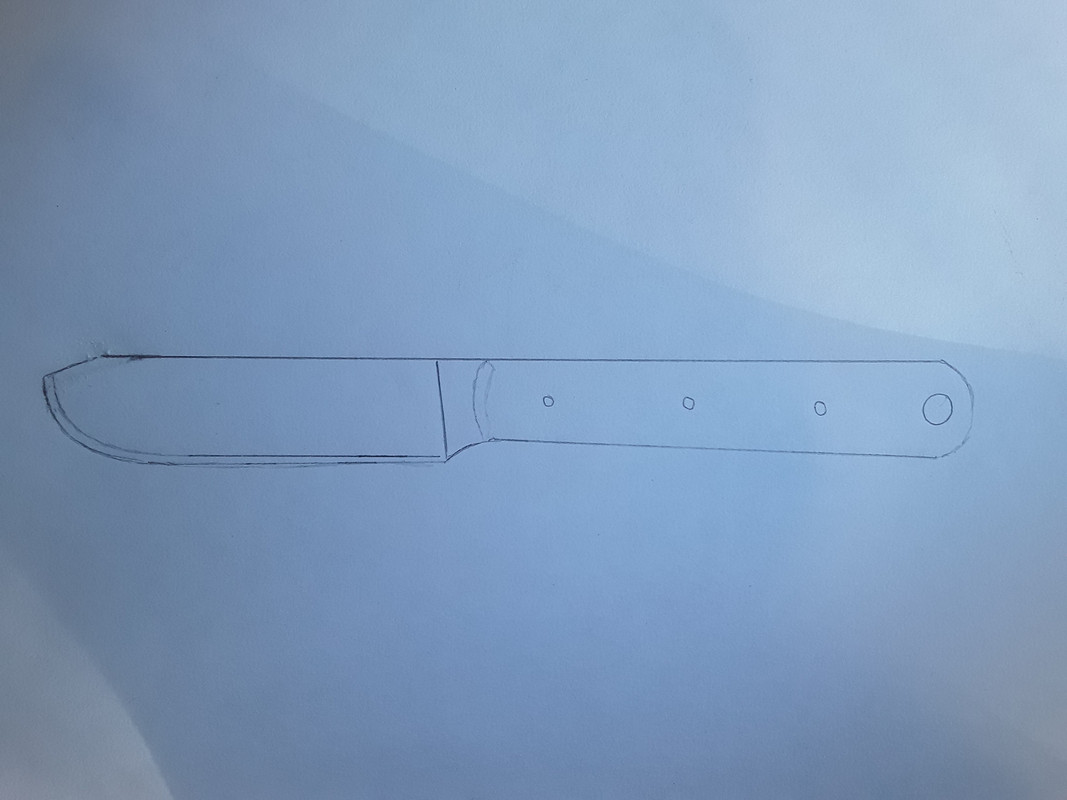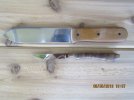In the spirit of using the right tool for the job, what would the perfect small game (rabbit, squirrel) knife be? Everything that I have seen referencing small game has been described as "also good for small game" and is usually a small hunting/skinning knife. But processing rabbits and squirrels is different from processing deer. Here are my initial thoughts on design principles:
A. 2-2.5" blade - not making any big sweeping cuts
B. Sheepsfoot or wharncliffe blade - straight edge for cutting mostly in a downward direction and a "dull" tip to prevent accidentally cutting into the gut cavity
C. steel that prioritizes edge retention, corrosion resistance is a nice to have, toughness is not a priority - CPM-S110V fits the bill for the 'perfect' knife but there are several options depending on budget. Quickly processing small game often involves cutting through the fur to cut the skin, sometimes around the circumference of the torso, and commonly cutting through the bones at the ankles/knees. Even though none of those cuts are "heavy duty" if you are going to prioritize a characteristic it would be edge retention IMHO.
D. thin blade but wide at the base of the spine to be able to apply downward pressure with your thumb
E. full flat, hollow, or scandi grind? may depend on the choice of steel or vice versa
F. Full length but relatively narrow handle, more resembling a scalpel handle
Would appreciate critique and advice on these factors or anything else that should be considered.
A. 2-2.5" blade - not making any big sweeping cuts
B. Sheepsfoot or wharncliffe blade - straight edge for cutting mostly in a downward direction and a "dull" tip to prevent accidentally cutting into the gut cavity
C. steel that prioritizes edge retention, corrosion resistance is a nice to have, toughness is not a priority - CPM-S110V fits the bill for the 'perfect' knife but there are several options depending on budget. Quickly processing small game often involves cutting through the fur to cut the skin, sometimes around the circumference of the torso, and commonly cutting through the bones at the ankles/knees. Even though none of those cuts are "heavy duty" if you are going to prioritize a characteristic it would be edge retention IMHO.
D. thin blade but wide at the base of the spine to be able to apply downward pressure with your thumb
E. full flat, hollow, or scandi grind? may depend on the choice of steel or vice versa
F. Full length but relatively narrow handle, more resembling a scalpel handle
Would appreciate critique and advice on these factors or anything else that should be considered.



